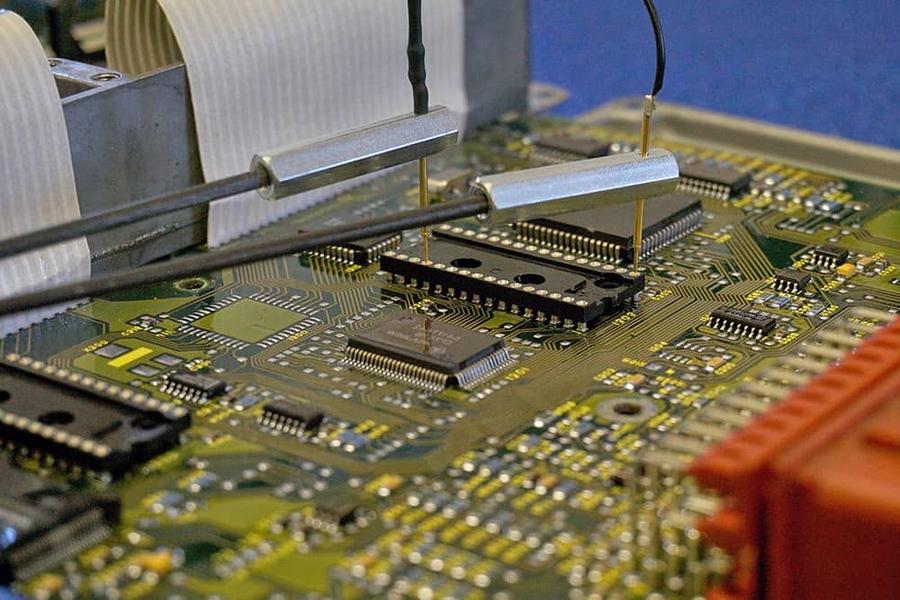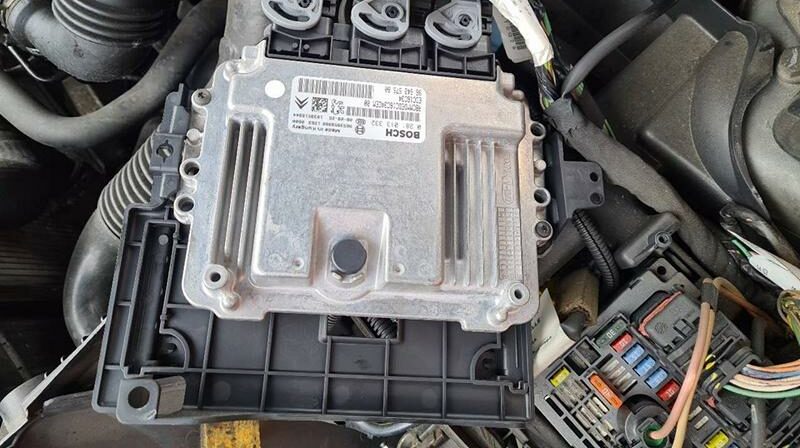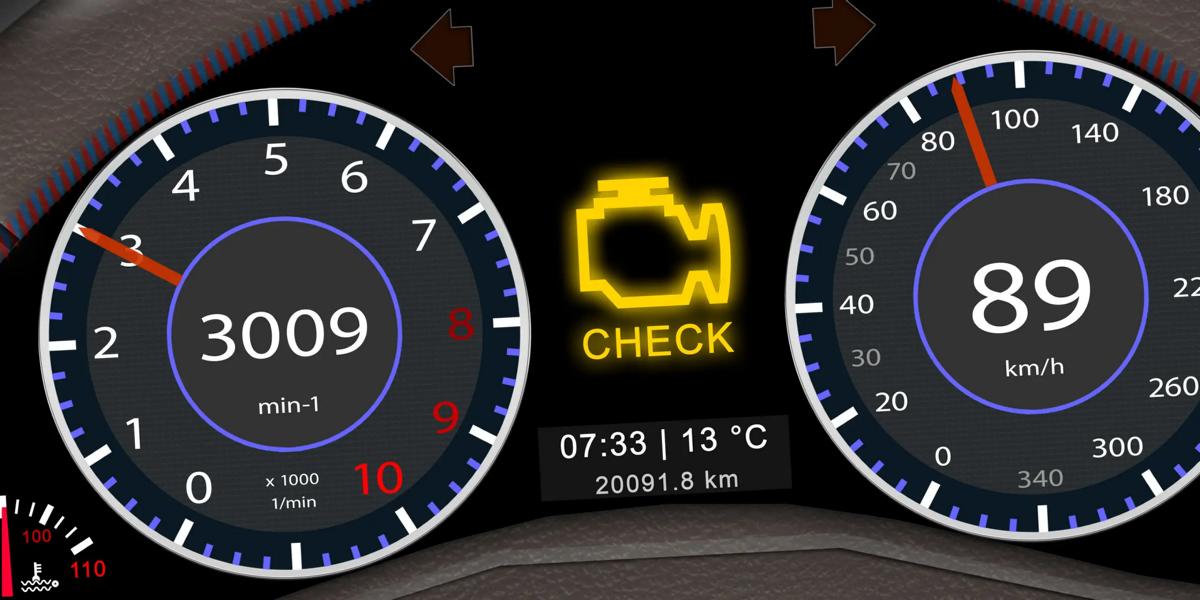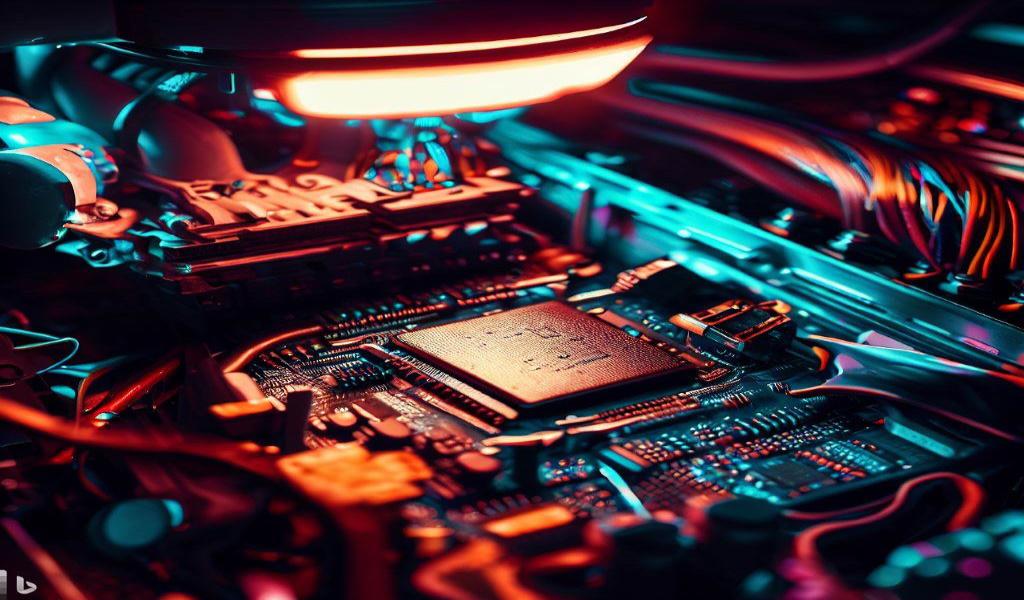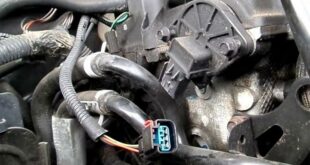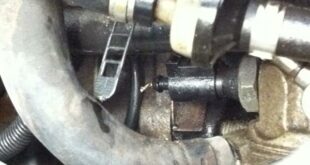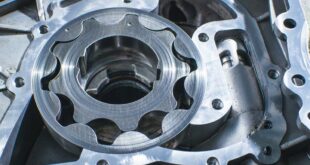Recently updated on September 23, 2023 at 08:28 am
[Update: 23.09.2023] This post was updatedto take more recent information into account. Is the engine control unit defective? We know the common symptoms, we know the repair / replacement process and we also have some information about the costs involved. Yes, first a few technical details. The Engine control unit is also known as control unit, ECU (= Engine Control Unit) or ECM (=Electronic Control Modules). It is comparable to a small computer that controls and coordinates the components of the engine. All sensor data come together in the engine control unit. An important task is the control of the combustion process. As a result, the engine control unit also influences exhaust emissions and fuel consumption. However, wear and tear, the ingress of oil or water and cold solder joints can be fatal to the device.
defective engine control unit
What symptoms and signs indicate a defect in the engine control unit? There are various indications of a defect in the engine control unit. Here, however, one should know that a comprehensive diagnosis is necessary in order to rule out that the cause of the symptom lies in another component of the engine. The following symptoms indicate a defective engine control: a light (MKL) in the instrument cluster lights up, the engine does not run smoothly or jerks, the engine does not start every now and then, power loss, fuel consumption increases, the engine simply stops.
Repair / change & main inspection
In most vehicles, it takes little effort to remove the engine control unit. If a panel is removed, most of the engine control unit can already be reached. The engine control unit can often do the same repaired it is usually sent to a special specialist company. The repair is often cheaper than buying a new engine control unit. The disadvantage here is the longer waiting time that the vehicle has to remain in the workshop. And there is still a risk with the repair.
It can happen that the specialist workshop says they can't fix it, in which case the diagnosis costs still apply. Can the existing control unit not be repaired, may be a used controller be used. This solution is particularly popular for older vehicles. If the control unit has been installed, it usually still has to be taught and coded. By the way, with a defective control unit, the vehicle should not be presented for the main examination. If the engine is still running despite the defect, it may be that the exhaust gas values are not correct. This is how the HU failed.
Driving with a defective engine control unit?
If the engine is still running, you can usually still drive. But preferably only to the nearest workshop. The error should be rectified as soon as possible, otherwise there is a risk that the engine will simply stop while driving. Depending on the traffic situation, this can be dangerous for the driver of the defective vehicle as well as for other road users. And how much does it cost to repair or replace the engine control unit? The costs depend on the vehicle and whether the device can be repaired or needs to be replaced. The device will be removed and shipped for repair.
The cost of the repair is between 200 and 600 euros. A new control unit costs 600 to 2.000 euros, depending on the vehicle model. There are exceptional cases that are even higher. Bosch is a well-known spare parts manufacturer. Installation and removal also incur costs. It takes about one and a half to two hours, including the training process. If the hourly rate is 100 euros, the labor costs are between 150 and 200 euros.
What are the tasks of the engine control unit?
The engine control unit is a kind of minicomputer (microcomputer). It collects all data from the sensors and evaluates this data. This concerns: the accelerator pedal position, the cooling water temperature, the fuel pressure, the camshaft position, the oil pressure, the oil temperature, the residual oxygen content, the ambient pressure and many others. From this data, the engine control unit determines the perfect one fuel-air mixture, the appropriate one Ignition timing, the Exhaust gas recirculation or the Regeneration of the soot particle filter. It can therefore be said that the engine control unit is responsible for engine efficiency, exhaust emissions and fuel consumption. Most vehicles have an engine control unit. Some models even have two.
Everything about defective control units: symptoms, costs and repairs
A defective control unit in your vehicle can cause a variety of problems. It is important to recognize the symptoms early and take appropriate measures to avoid expensive consequential damage.
The main symptoms of a defective control unit
Known signs of a defective control unit are:
- Engine control lamp (MIL indicator) that lights up in the instrument cluster
- A car that... Emergency run moves
- Das Auto jerks or if the engine no longer runs on all cylinders
- Indicator lights in the cockpit that light up sporadically or permanently
- More restless or jerky engine running
- Limited Power
- No starting of the engine or an engine that sporadically does not start
Costs for repair/replacement of the engine control unit
A repair is usually between 250 to 450 euros. If a complete replacement is necessary, the cost of a new part can vary depending on the vehicle 750 to 1.000 EUR be. For imported brands, the costs can be even higher. In addition, there may be costs for this Reprogramming the immobilizer and training a new part, mostly between 50 and 100 euros.
Can you repair an engine control unit?
Yes, many electronic control devices can be repaired these days. The most common faults include rough running of the engine, vehicle not starting or EGR valve failure.
Is driving possible without an engine control unit?
LEGALLY Driving without a functioning control unit is not permitted, especially since the speedometer display would not work.
Repair time and longevity
Sending a defective control unit in for repair usually takes time four to five days. Most control units are designed to function throughout the life of the vehicle.
Can you change a control unit yourself?
Changing a control unit is not that easy and should ideally be done by a professional. The new control unit must be connected to the vehicle learned .
What does “engine control unit locked” mean?
A locked engine control unit indicates an activated one immobilizer there. This may prevent the vehicle from starting.
The following note is essential: For safety reasons, tuningblog recommends all repair, inspection and maintenance work exclusively to be carried out in a specialist workshop! Although our information is summarized to the best of our knowledge and belief, we cannot assume any liability for the content. All information is therefore "without guarantee".
Of course, that wasn't the end of it!
|
Identify defects in the oil pressure switch / oil pressure sensor! |
"tuningblog.eu" - we keep you up to date on the subject of autotuning and car styling with our tuning magazine and present you with the latest tuned vehicles from all over the world every day. It's best to subscribe to ours Feed and will automatically be informed as soon as there is something new about this post, and of course also to all other contributions.
 tuningblog.eu Your magazine about tuning the car
tuningblog.eu Your magazine about tuning the car
